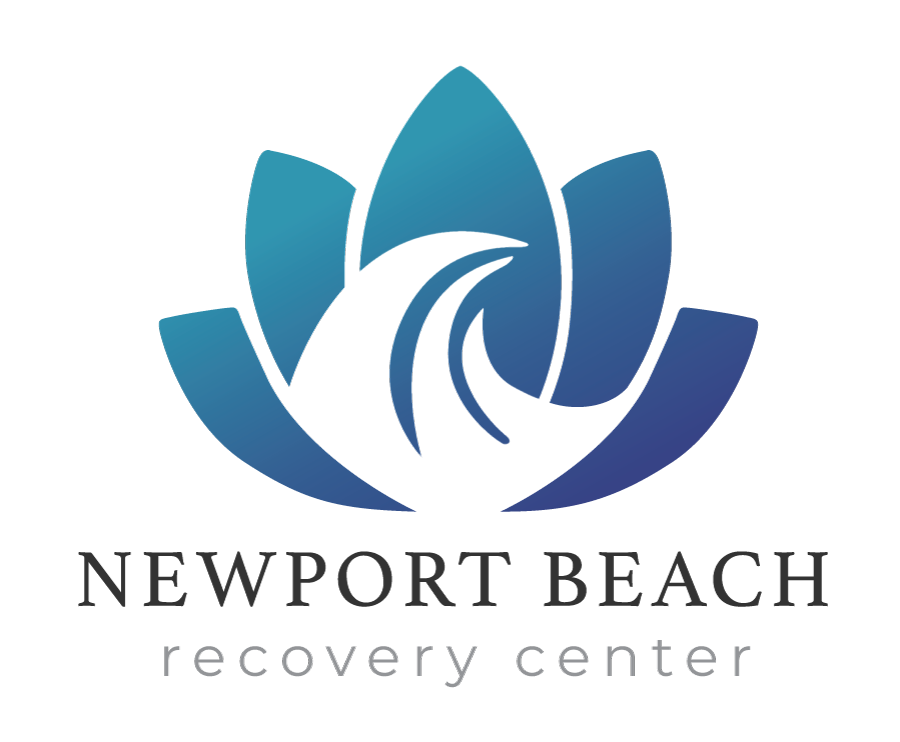Any drug can be dangerous or even deadly depending on the dosage, oft-script use, or even based on an individual’s adverse reaction to the substance. While there are potentially harmful side effects for some prescription medications, it’s fairly easy to determine the most dangerous drugs. The Centers for Disease Control (CDC) tracks the data every year and then releases a list of the drugs associated with overdose deaths.
Heroin
Heroin tops the list of most dangerous drugs. Although opioids and opium have existed since ancient history, Heroin first surfaced in 1874 and the substance was marketed as a “heroin” because of the “hero” or euphoric feeling. It was mistakenly prescribed as a remedy for colds, coughs, and congestion. Heroin is now an illegal drug that is highly addictive.
Cocaine
Chewing coca, a gift from the gods, was a common practice since ancient times. Tinctures from coca leaves were first used in 1850, and cocaine was extracted in 1855. Through the next few years, cocaine was manufactured and released in various forms, popularized, and recommended for use in improving athletic performance, as a local anesthetic, and as a treatment for substance abuse. Coca-Cola also famously released their soda containing cocaine and caffeine in 1886. Medical literature reported on the damage caused by snorting cocaine in 1910, and the US banned cocaine in 1914.
Oxycodone
OxyContin was developed in 1916 to replace other addictive substances like codeine and morphine. The generic form, oxycodone, was first released in the US in 1939, and it quickly became the bestselling narcotic pain reliever. Drug abuse and addiction can lead to breathing problems, severe withdrawal symptoms, but also a higher likelihood of heroin use.
Alprazolam
Xanax is a popular trade name for alprazolam, used to treat anxiety and panic disorders. First patented in 1971, it was approved for US medical use in 1981. Alprazolam is one of the most prescribed drugs, but it can also be misused. Negative side effects can include paranoia, impairment, and fatigue.
Fentanyl
While fentanyl is sometimes compared with morphine, it is 50-100 times more potent. It is prescribed as a shot, lozenge, or patch in instances where other forms of pain relief have been ineffective. Illegal forms are sold as an eye dropper, pills, or nasal sprays; but it is also frequently laced with other drugs like heroin. Drug abuse, then, can lead to death.
Morphine
Morphine is derived from the poppy straw of the opium flower. With a history of opium-based elixirs dating back to ancient times, Friedrich Sertürner discovered morphine (which he first called morphium, after the god of dreams) in 1804. Morphine use can lead to constipation or other side effects. Overdose or addictive use of this drug can lead to respiratory distress and even death.
Methamphetamine
Methamphetamine is a stimulant drug that is sometimes used to treat ADHD or obesity. Amphetamine was first synthesized in 1887. Then, Chemist Nagai Nagayoshi derived methamphetamine from ephedrine in 1893. The drug was released in pill-form by Temmler for use by German soldiers and pilots during World War II. With severe zombie-like exhaustion and violent-outbursts, the drug was discontinued. Methamphetamine is restricted or illegal in many areas.
Methadone
Max Bockmühl and Gustav Ehrhart at the IG Farben company first synthesized methadone in 1937 as an easier-to-use painkiller, with supposedly less chance of addiction. The FDA approved the drug for use in the US in 1947. Then, doctors began prescribing methadone in the 1960s to prevent addicts from using heroin. It’s called the Methadone Maintenance Treatment, and while it did help with the heroin use, methadone drug abuse became a problem.
Hydrocodone
Derived from a poppy, hydrocodone is a semi-synthetic drug, with a high likelihood of dependency and drug abuse.  Carl Mannich and Helene Löwenheim first synthesized the drug in 1920 and the FDA approved it for use in the US in 1943. It is one of the most frequently prescribed opioid, with millions of prescriptions filled every year. Severe side effects are the addiction, allergic reaction, slowed breathing, liver damage, and infection.
Diazepam
Diazepam is a benzodiazepine, most commonly known as Valium. It was approved in 1960 and released in 1963 for use in treating anxiety, vertigo, seizures, insomnia, and alcohol withdrawal with fewer negative side effects when compared with similar drugs. While considered “safer” in general, the drug can still be dangerous and deadly when combined with other sedatives, particularly as an overdose. It has been popularized as a way to “take the edge off” or elevate anxiety or stress, but diazepam use has also been linked with depression, dizziness, or impairment.
Most of the most dangerous and deadly drugs have existed in one form or another since ancient times, and many of them were initially conceived to relieve pain and suffering. With increasing regularity, substance abuse becomes dangerous and deadly. If you or a loved one are struggling with any drug at all, we urge you to reach out for treatment. Contact us today for more information.
